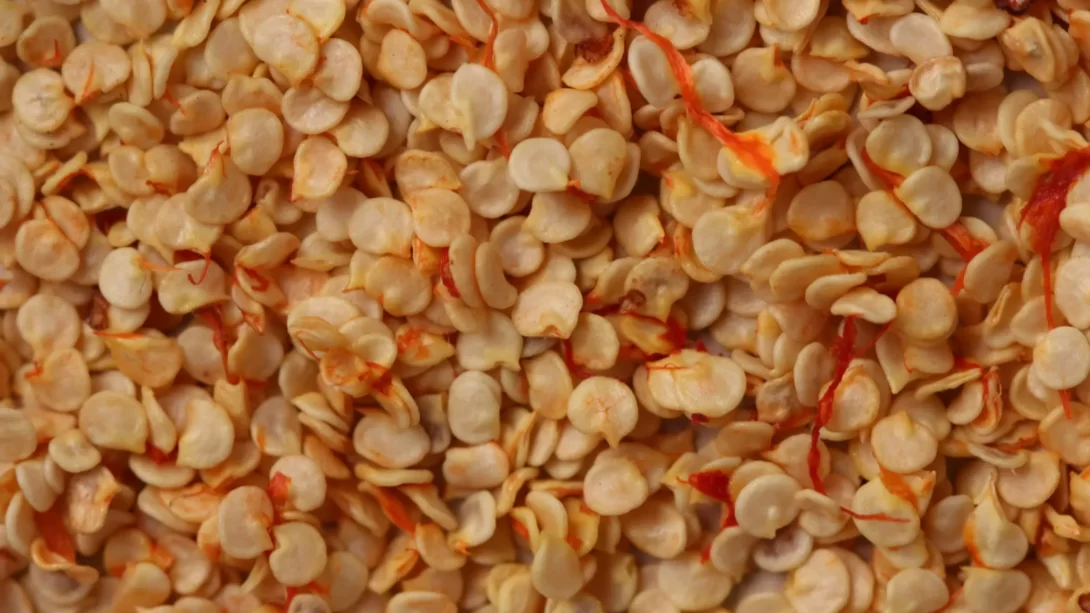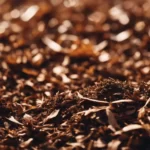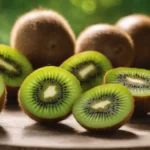Peppers, from sweet bell peppers to fiery chili peppers, are a staple in cuisines worldwide. A frequently asked question by cooks and food enthusiasts alike is about the edibility and effects of consuming pepper seeds. This article aims to shed light on the nature of pepper seeds and their role in our diet.
Types of Peppers and Their Seeds
Peppers come in a wide variety, each with distinct characteristics and seed profiles:
- Bell Peppers: These mild, sweet peppers contain seeds that are larger and more noticeable. They are commonly used in salads, stir-fries, and stuffed dishes.
- Chili Peppers: Ranging from mildly spicy to extremely hot, chili peppers have smaller, more abundant seeds. The seeds and membranes are often where most of the capsaicin (the compound responsible for heat) is concentrated.
The type of pepper often dictates the role its seeds play in cooking and consumption.
Nutritional Profile of Pepper Seeds
Pepper seeds, though typically overlooked, do contain nutritional value. They are rich in dietary fiber and may contain trace amounts of vitamins and minerals, albeit less than the flesh of the pepper. The seeds also have a small amount of protein and carbohydrates.
Comparing the nutritional value of pepper seeds to the flesh, the flesh tends to be richer in vitamins, particularly vitamin C and various B vitamins, and antioxidants like beta-carotene, especially in red, yellow, and orange peppers.
Culinary Aspects of Eating Pepper Seeds
In terms of culinary use:
- Flavor and Texture: Pepper seeds can contribute a slightly bitter taste and a crunchy texture to dishes. In hot peppers, the seeds add to the overall heat.
- Use in Cooking: Many traditional recipes, especially in cuisines where heat is embraced, use whole peppers, seeds included. The seeds are often left in for convenience and to maintain the characteristic spiciness of the dish.
However, in some culinary traditions, pepper seeds are removed to achieve a milder flavor or a smoother texture in the final dish.
Safety and Digestibility of Pepper Seeds
Concerns about the safety and digestibility of pepper seeds are common. Let’s address these:
- Safety: Consuming pepper seeds is generally safe. They are not toxic and can be eaten without health risks in normal dietary amounts.
- Digestibility: While pepper seeds are digestible, they may be tough for some people’s digestive systems. This is due to their high fiber content and hard outer shell, which can be difficult to break down completely. In rare cases, excessive consumption of hard seeds could potentially lead to digestive issues like an intestinal blockage, although this is uncommon.
Overall, moderation is key when including pepper seeds in your diet, especially if you have a sensitive digestive system.
Myths and Misconceptions
Several myths surround the consumption of pepper seeds. Two of the most common are:
- Heat Factor: It’s often believed that the seeds of chili peppers contain the most heat. In reality, the highest concentration of capsaicin (the compound responsible for spiciness) is found in the white pith that holds the seeds, not the seeds themselves.
- Toxicity: Another common misconception is that pepper seeds are toxic. This is untrue; pepper seeds are not toxic and pose no health risks when consumed in regular culinary amounts.
Clarifying these misconceptions is important for a proper understanding of how pepper seeds can be used in cooking.
How to Prepare and Use Pepper Seeds
When preparing peppers for cooking, the treatment of seeds can vary based on the recipe and personal preference:
- Removing Seeds: For a milder taste or smoother texture, seeds can be removed. This is commonly done in dishes where a subtle pepper flavor is desired or where the texture of the seeds is undesirable.
- Including Seeds: Leaving the seeds in is typical in recipes where a robust flavor or extra heat is wanted. In some dishes, such as certain salsas or spicy Asian stir-fries, seeds are intentionally included for their spicy kick.
Conclusion
The question of whether you can eat pepper seeds has been explored from various angles in this article. The key takeaway is that pepper seeds are indeed edible and safe for consumption. They are not toxic, and when eaten in moderation, they generally do not pose any significant health risks. The seeds of both sweet and hot peppers can be part of a healthy diet, contributing additional fiber and a slight nutritional boost.
In terms of culinary use, pepper seeds can be included or removed based on the desired outcome of the dish. They can add a distinct texture and, in the case of chili peppers, contribute to the overall spiciness of the meal. However, for those seeking a milder flavor or a smoother consistency, removing the seeds is a common practice.
It’s also important to dispel the myths surrounding pepper seeds, particularly the misconception about their heat and toxicity. Understanding that the heat lies primarily in the pith and not the seeds themselves can help in adjusting the spiciness of your dishes to your preference.
When incorporating pepper seeds into your diet, consider your digestive tolerance and the specific culinary context. Whether you choose to include or discard them, pepper seeds offer flexibility in cooking, allowing you to tailor your dishes to your taste and dietary needs.
In summary, feel free to experiment with pepper seeds in your cooking, keeping in mind the insights provided in this article. By doing so, you can enjoy the diverse flavors and textures that peppers, in their entirety, have to offer.




